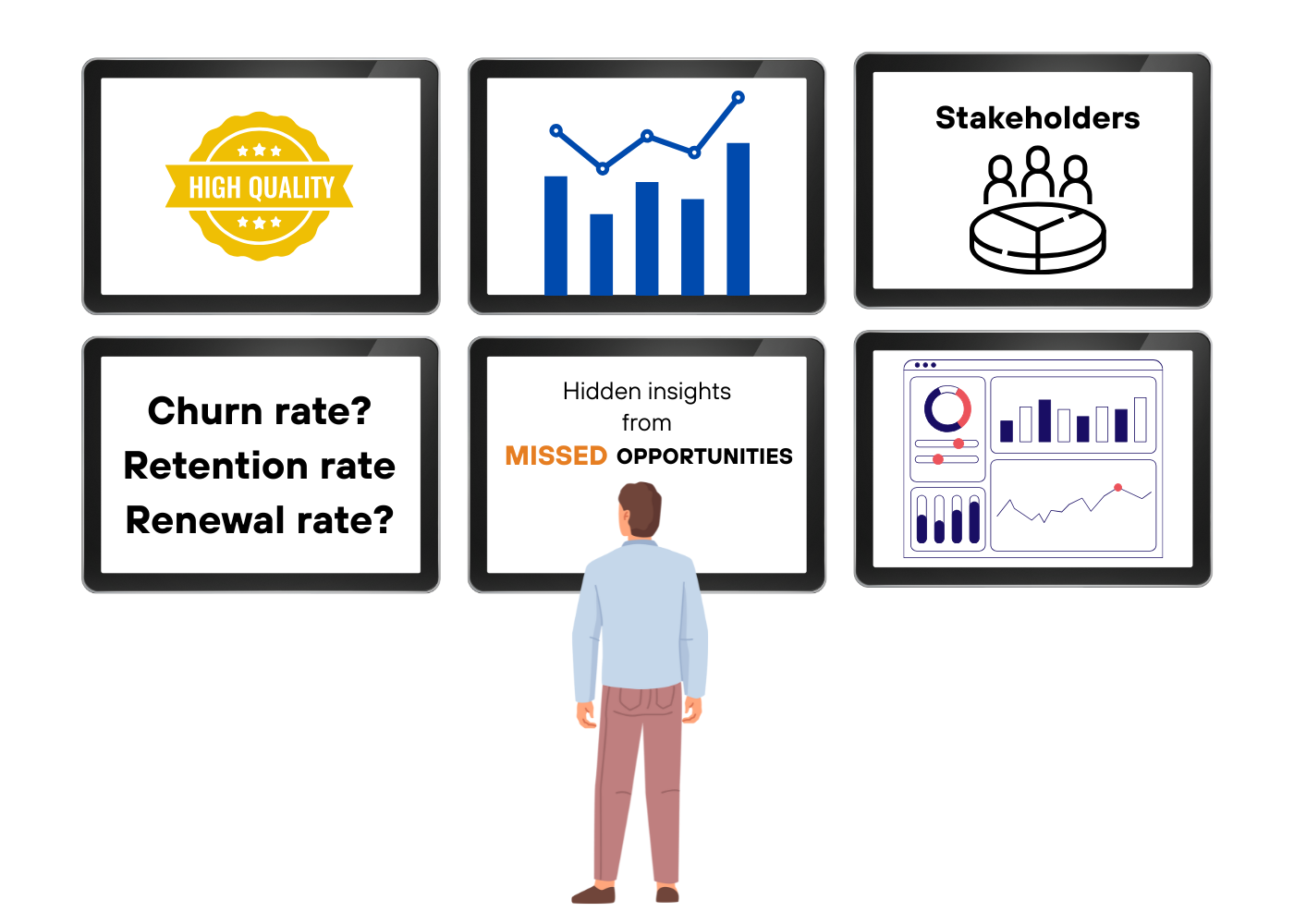Thinking like a Data Analyst

But how do we make sense of raw data and turn it into something actionable?
It’s all start with mindset.
Data is not simply just data. Every dataset exists because of a business process, and every insight must tie back to a business decision. If we don’t take the time to understand the business context, we risk spending hours on analysis that doesn't provide real value. Worse, we might misinterpret the data and draw conclusions that lead to poor decisions.
Before diving into SQL queries or dashboards, let’s take a step back. Dataset can be misleading if they contain missing values, duplicates, or inconsistencies.
Every dataset has a story, but to understand it, we need to see how values are spread across different variables. This helps us identify trends and detect anomalies.
Peak Holiday Seasons
Increased travel, hotel bookings, and gift shopping due to summer/winter vacations.
Black Friday
Massive discounts drive a surge in consumer spending on all items, specifically cosmetics and clothing.
Year-end bonuses
Employees receive extra income, boosting spending on vacations, luxury goods, fine dining, and investments.
Back-to-School Shopping
Parents and students purchase school supplies, clothing, and electronics in preparation for the new academic year.
For dataset containing customer factor, identifying patterns in customer behavior helps businesses tailor their strategies.
Not all insights come from what did happen, some of the most valuable ones come from what didn't happen. Businesses lose money not just when customers make bad purchases, but also when potential customers walk away.
Imagine a hotel only looks at successful bookings but ignores cancellations. They might see a 70% occupanacy rate and think that everything is fine. But cancellations accounts for 25%. That's a significant lost revenue opportunities.
Another common missed opportunities would be Shopping Cart Abandonment. Let's say your marketing team has spent weeks preparing a big sale campaign. Many people actually add products to their carts. And then...nothing happened. They abandoned their carts and leave without purchasing.
This isn't just an inconvenience - it's wasted effort and of course, lost revenue.
So why did they leave?
Too high shipping costs? The checkout process was too complicated?
Whether the reasons are, insights from missed opportunities can truly help businesses optimize their operating performance.
A real data analyst never just "analyze data" - we solve business problems. We start by understanding the dataset, and stakeholders before diving into our data.
A golden rule is to always be curious about the story behind the data!
